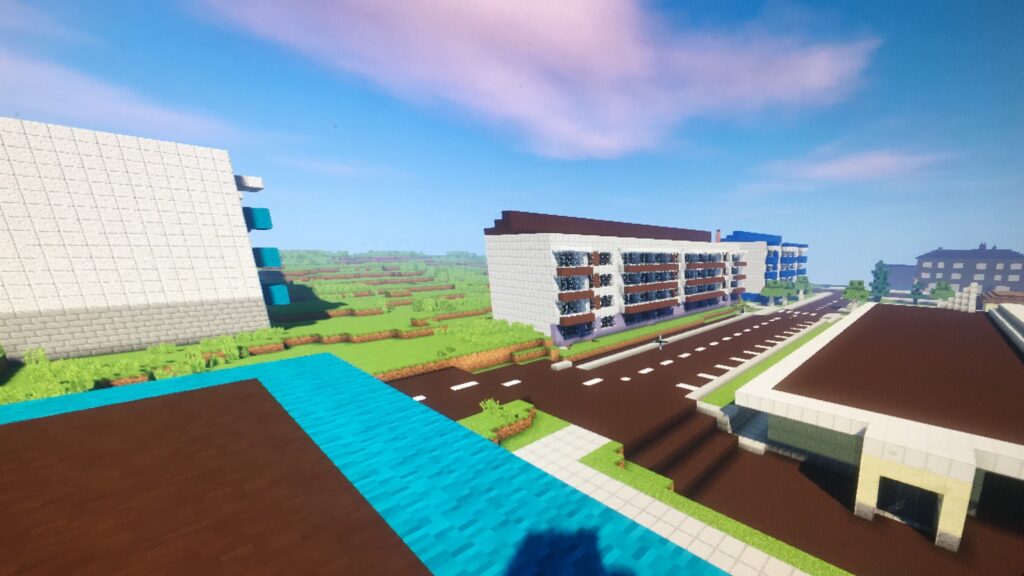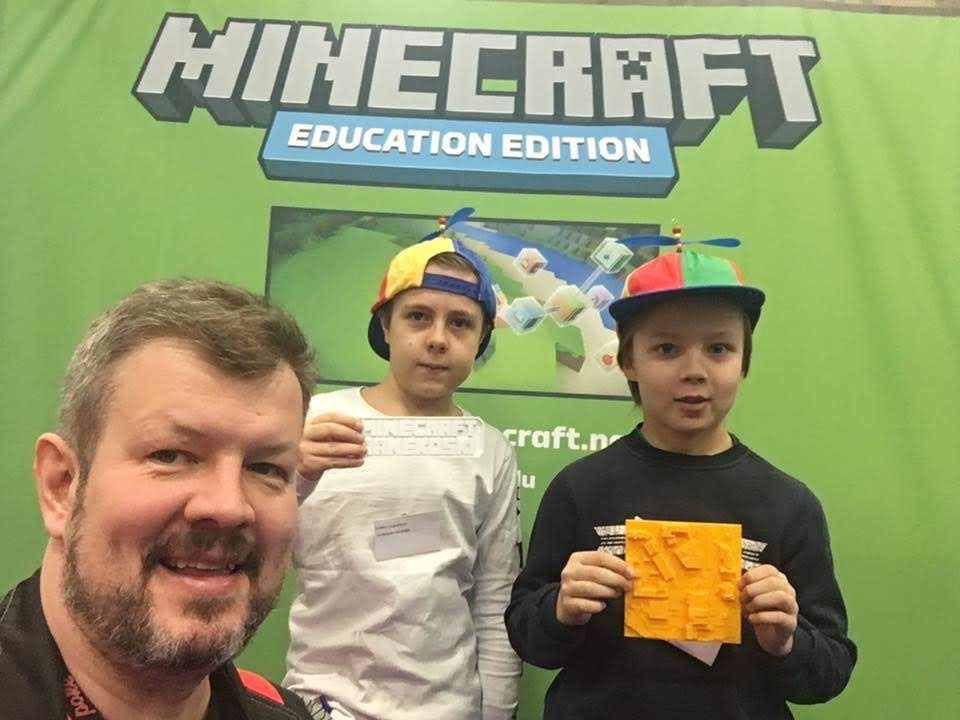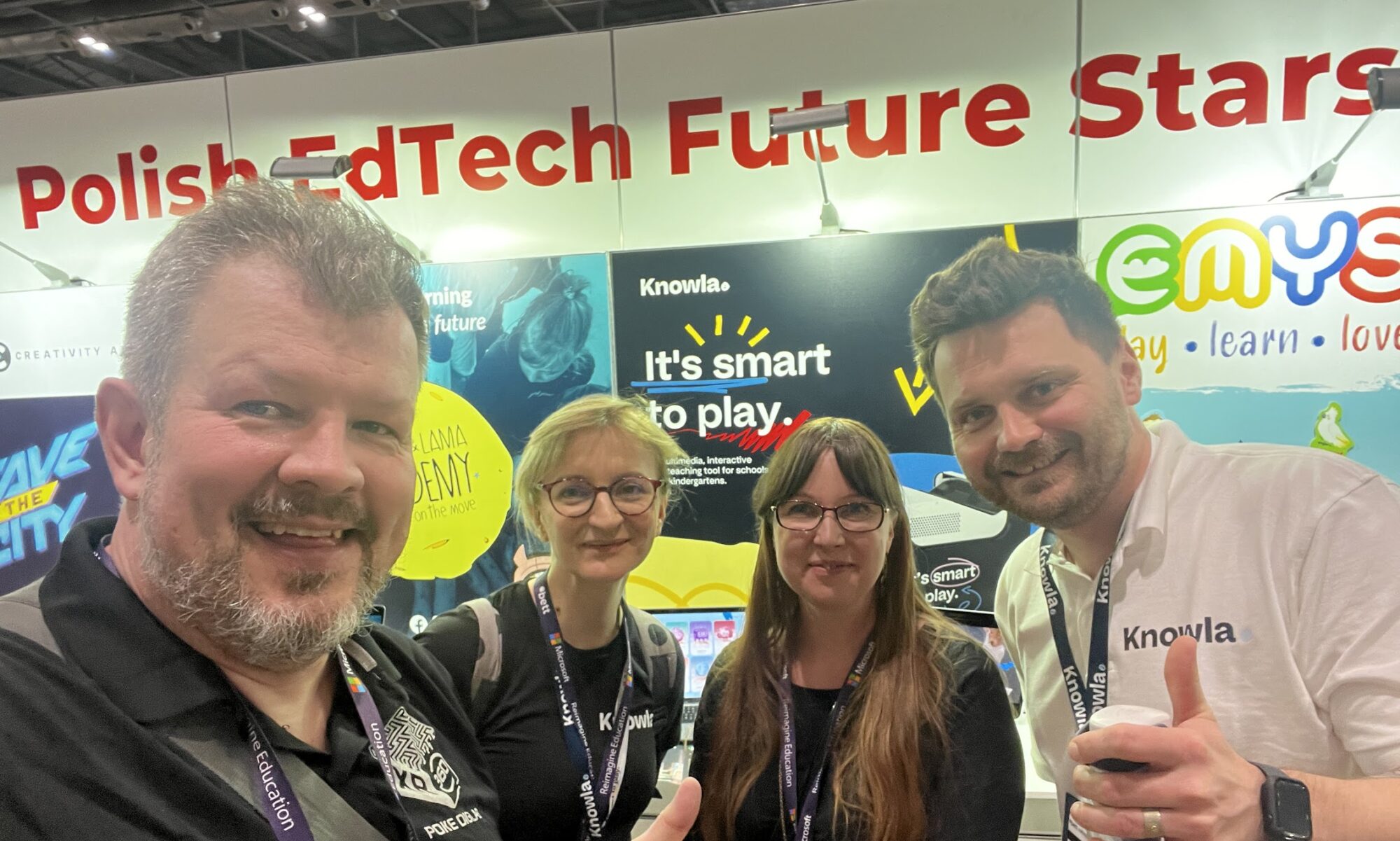Exploring the Potential of Games in Youth Work
In recent years, the integration of digital games into youth work has emerged as a promising approach to engage young people in creative and educational activities. A notable example is the innovative project undertaken in Äänekoski, where the city has been meticulously reconstructed within the popular game Minecraft. This virtual representation serves as a dynamic playground for youth, fostering both learning and community involvement.

The Äänekoski Minecraft project offers a three-dimensional platform where young individuals can explore, interact, and contribute to their city’s digital landscape. By participating in this virtual environment, youth are not only honing their digital skills but also gaining a deeper understanding of their local community’s geography and infrastructure. This initiative exemplifies how games can be leveraged to create immersive learning experiences that resonate with the interests of young people.
Incorporating games like Minecraft into youth work presents several benefits:
- Enhanced Engagement: Games captivate the attention of young individuals, making learning more appealing and enjoyable.
- Skill Development: Through gameplay, youth develop critical thinking, problem-solving, and collaborative skills.
- Creativity and Expression: Games provide a canvas for creative expression, allowing youth to design and build within virtual worlds.
- Community Building: Shared gaming experiences foster a sense of community and belonging among participants.

As youth workers explore innovative methods to connect with and support young people, the use of games offers a compelling avenue. Projects like the Äänekoski Minecraft initiative demonstrate the potential of digital platforms to enrich youth work, providing engaging and educational experiences that align with the interests and digital fluency of today’s youth.
For a closer look at the Äänekoski Minecraft project, you can watch the following video:
